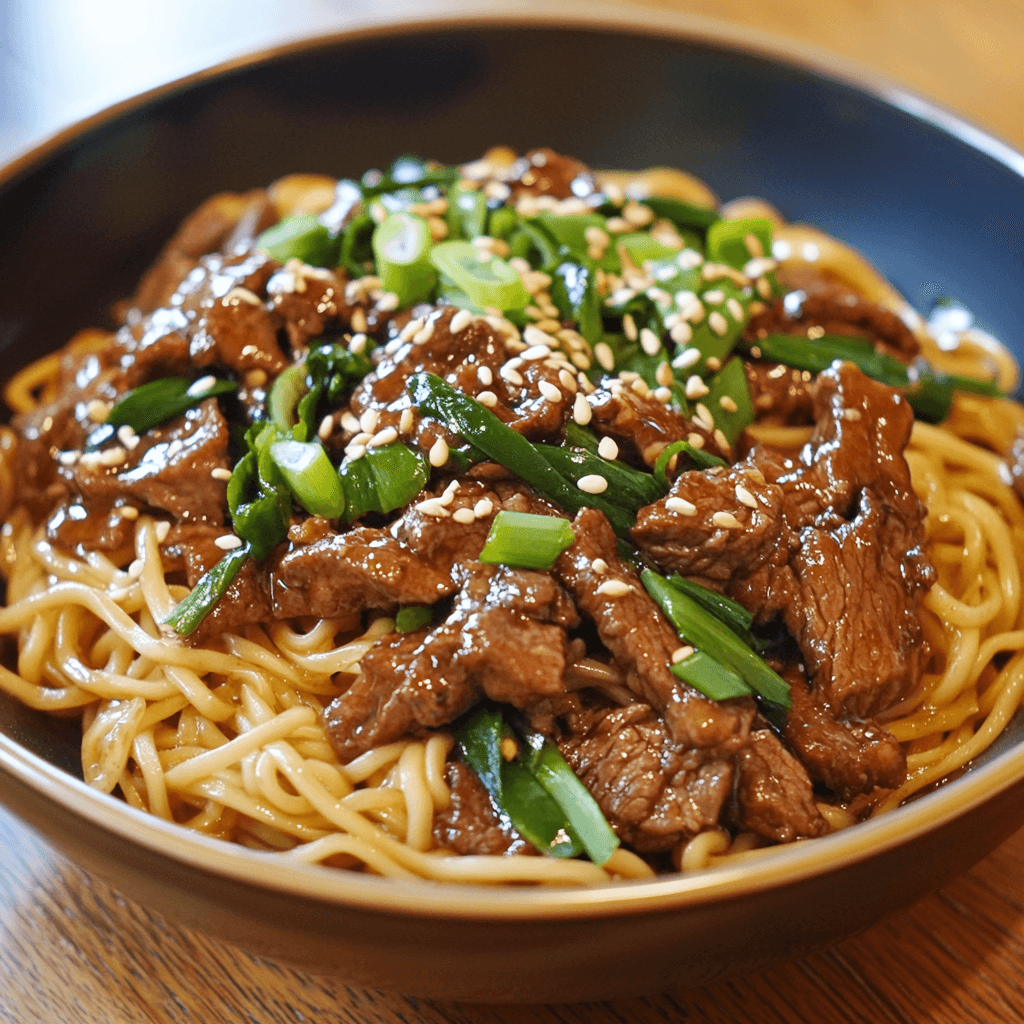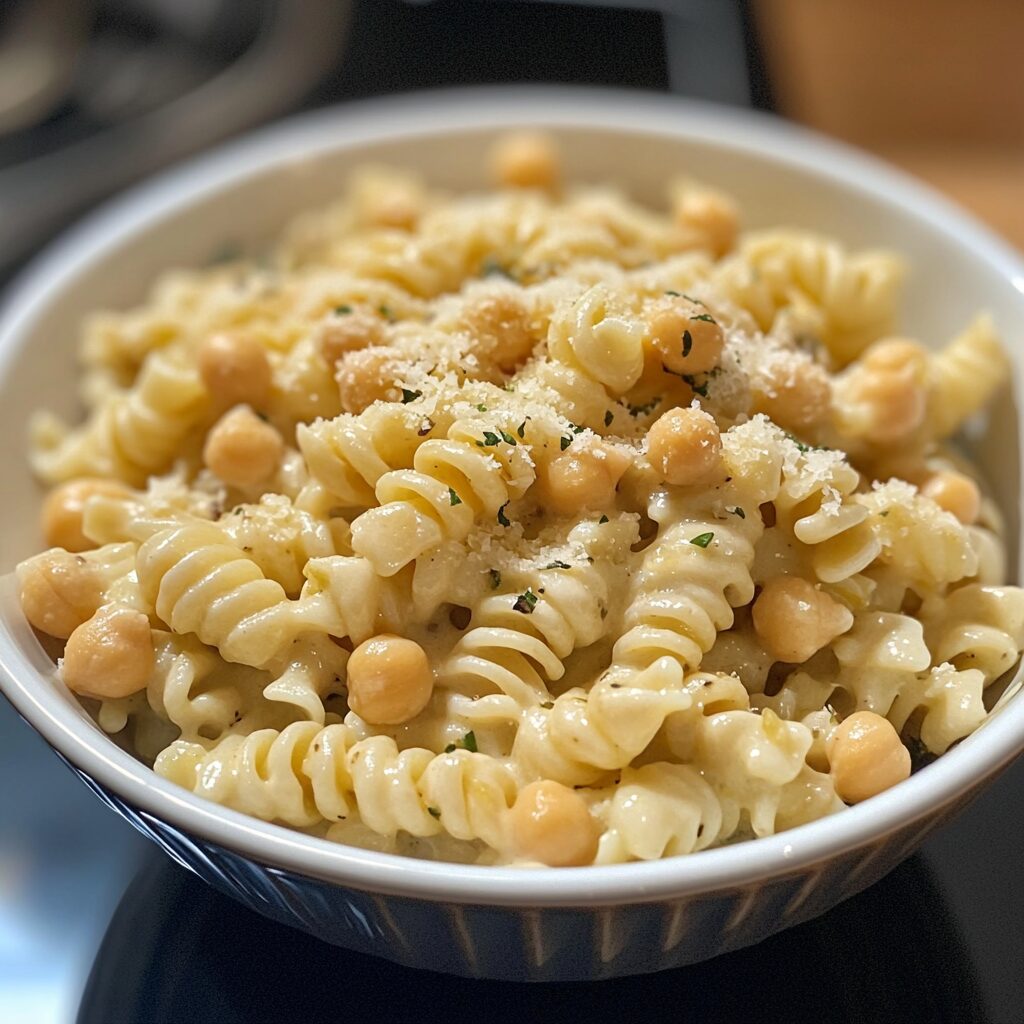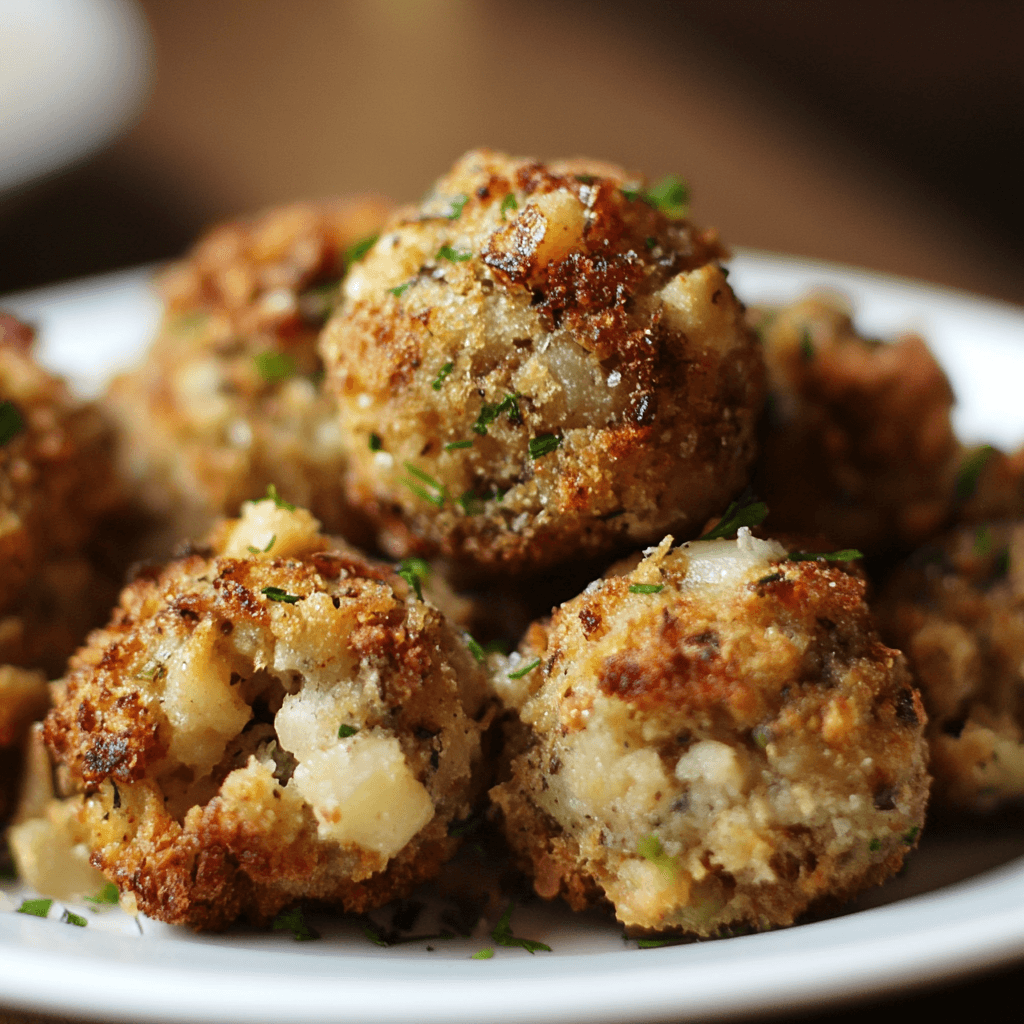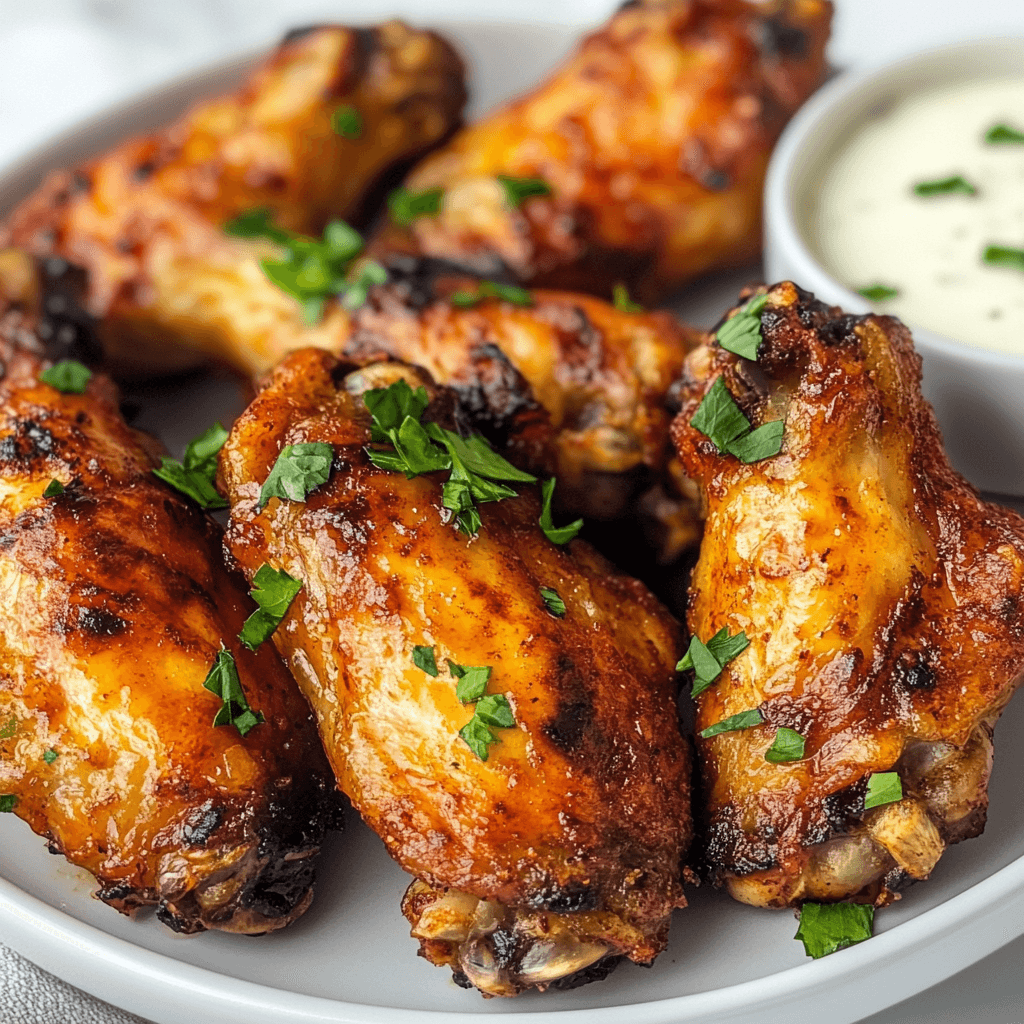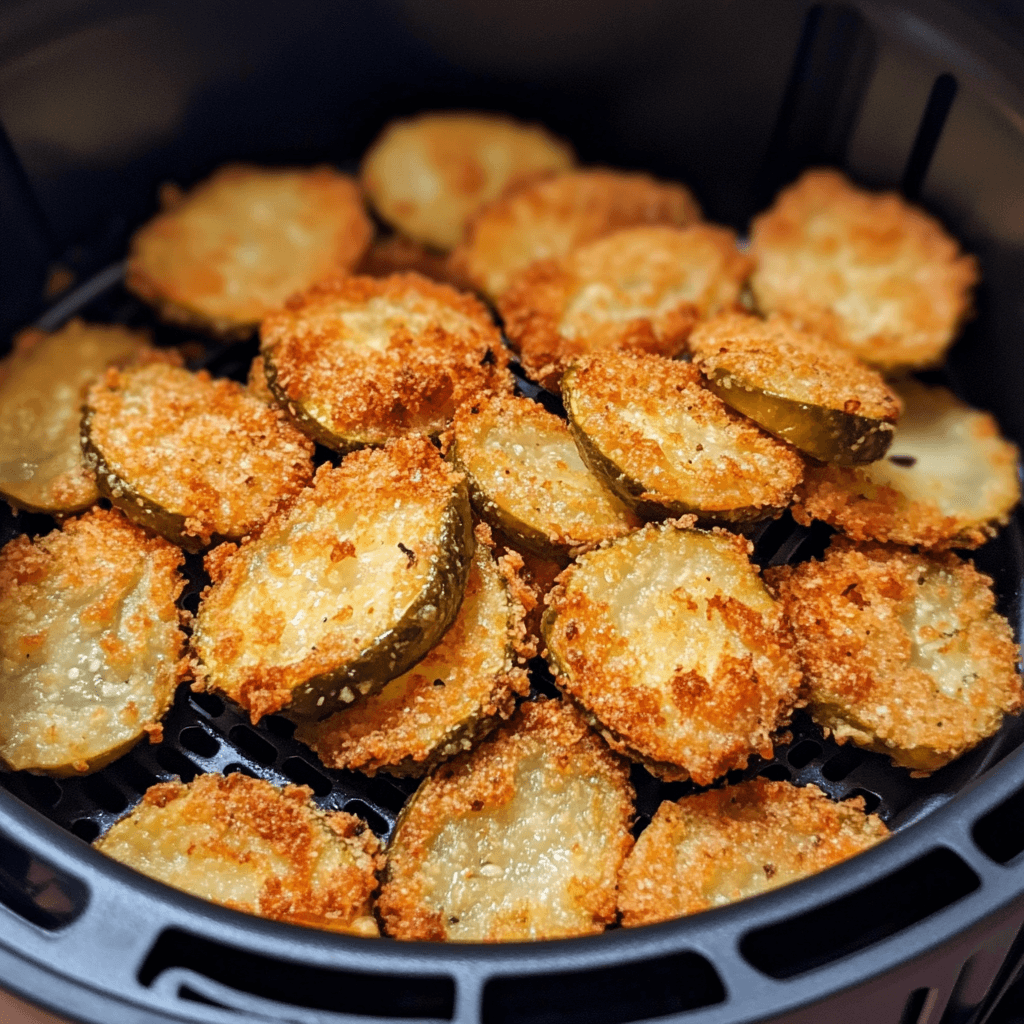“Mongolian Beef Noodles is one of my favorite dishes to cook and serve. The combination of tender beef, crispy noodles, and savory sauce is a winner every time. I’ve experimented with different ingredients and techniques, but the classic recipe remains a crowd-pleaser.” – Chef Emily, owner of Golden Wok restaurant.
Introduction
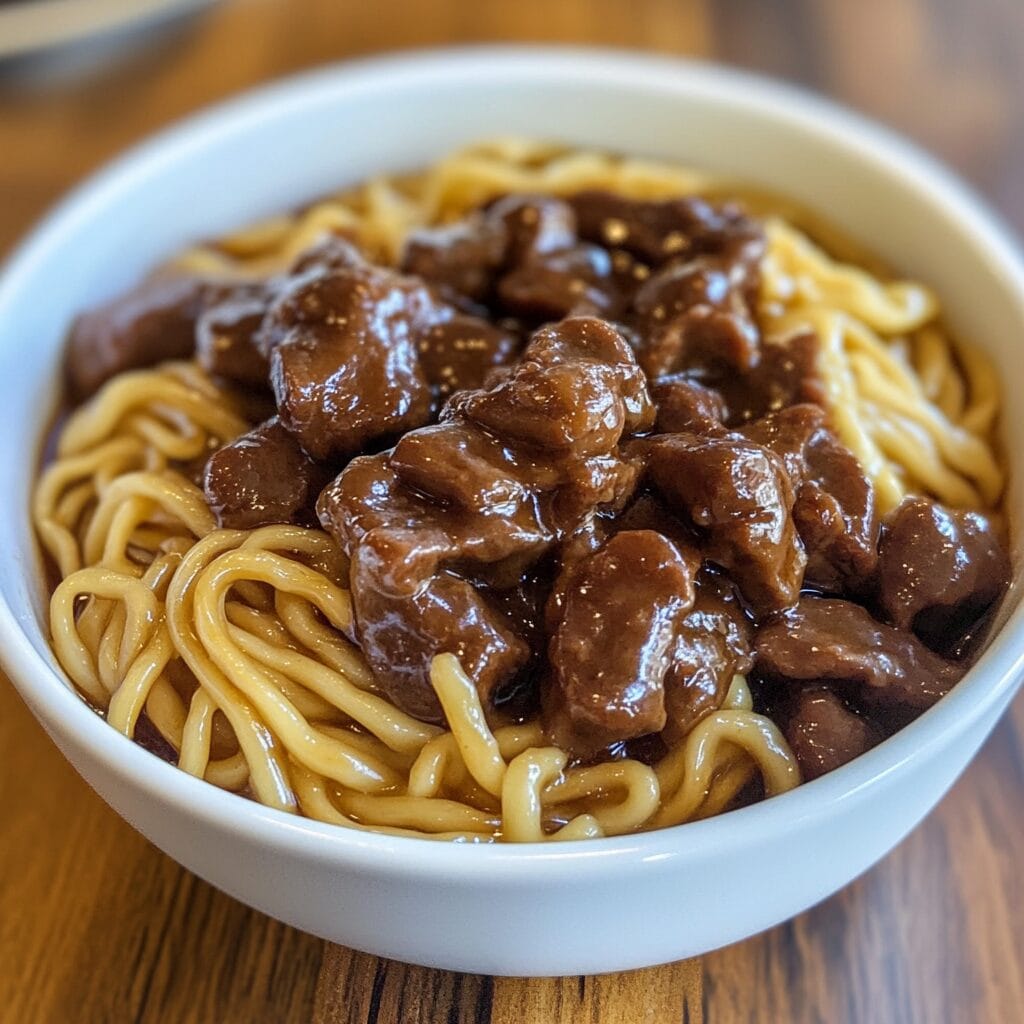
What are Mongolian Beef Noodles?
Brief History of Mongolian Beef Noodles
Why Mongolian Beef Noodles are a Popular Dish
| Nutrient | Value |
|---|---|
| Calories | 350 |
| Protein | 25g |
| Fat | 15g |
| Saturated Fat | 3g |
| Cholesterol | 60mg |
| Sodium | 400mg |
| Carbohydrates | 30g |
| Fiber | 2g |
| Sugar | 5g |
| Ingredient | Quantity |
|---|---|
| Beef strips | 1 pound |
| Noodles | 8 oz |
| Vegetable oil | 2 tablespoons |
| Garlic | 2 cloves |
| Ginger | 1 tablespoon |
| Soy sauce | 2 tablespoons |
| Oyster sauce | 1 tablespoon |
| Sugar | 1 tablespoon |
| Scallions | 1/4 cup |
Ingredients and Sauce
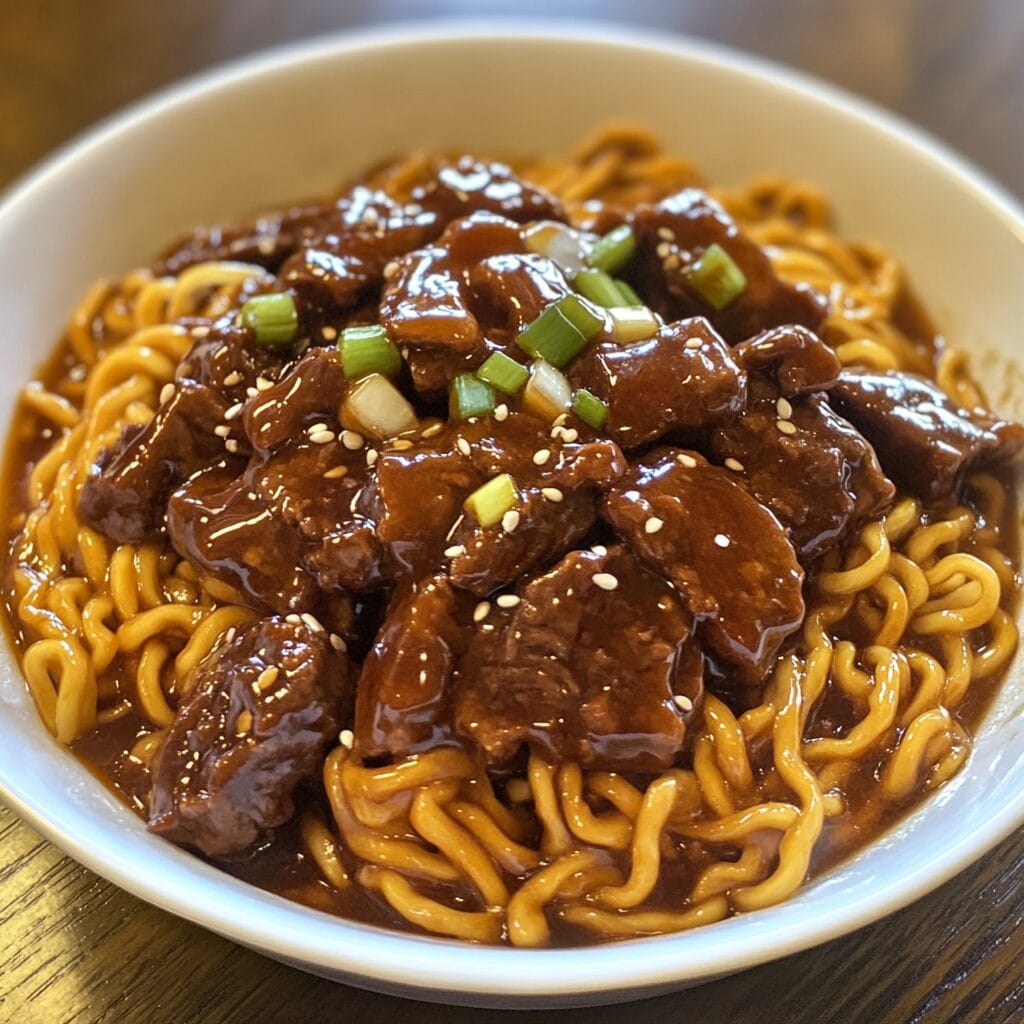
Mongolian Beef Sauce: A Breakdown of the Ingredients
-
Soy sauce: adds depth and umami flavor
-
Oyster sauce: adds a savory, slightly sweet flavor
-
Hoisin sauce: adds a sweet and spicy flavor
-
Rice vinegar: adds a tangy and acidic flavor
-
Sugar: balances out the savory flavors
-
Ginger and garlic: add a pungent and aromatic flavor
Essential Ingredients for Mongolian Beef Noodles
-
Beef strips: sliced into thin strips for stir-frying
-
Noodles: typically Chinese-style noodles or rice noodles
-
Vegetable oil: for stir-frying the beef and vegetables
-
Scallions: add a fresh and oniony flavor
-
Ginger and garlic: add a pungent and aromatic flavor
Cooking Methods and Techniques
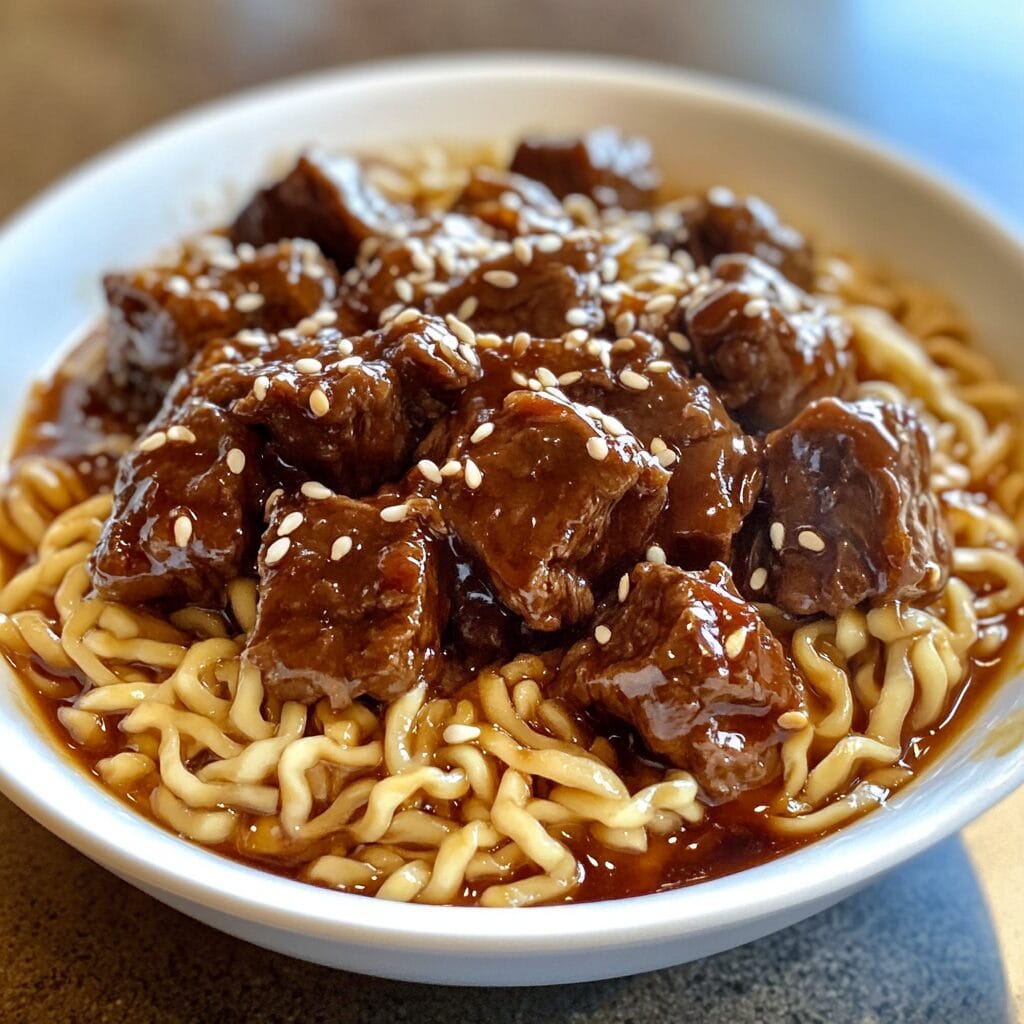
How to Cook Chinese Noodles: A Step-by-Step Guide
-
Bring a pot of water to a boil: use a large pot with enough water to cover the noodles.
-
Add the noodles: gently add the noodles to the boiling water.
-
Cook for 3-5 minutes: or according to the package instructions.
-
Drain and rinse: drain the noodles and rinse them with cold water.
Steps to Cooking Noodles: Tips and Tricks
-
Use the right type of noodles: choose noodles that are suitable for stir-frying.
-
Don’t overcook the noodles: cook them al dente for the best texture.
-
Rinse the noodles: rinse the noodles with cold water to stop the cooking process.
Stir-Frying Techniques for Mongolian Beef Noodles
-
Use high heat: stir-fry the ingredients quickly over high heat.
-
Stir-fry in batches: stir-fry the beef and vegetables in batches to prevent overcrowding.
-
Add the sauce last: add the sauce towards the end of the stir-frying process.
Variations and Substitutions
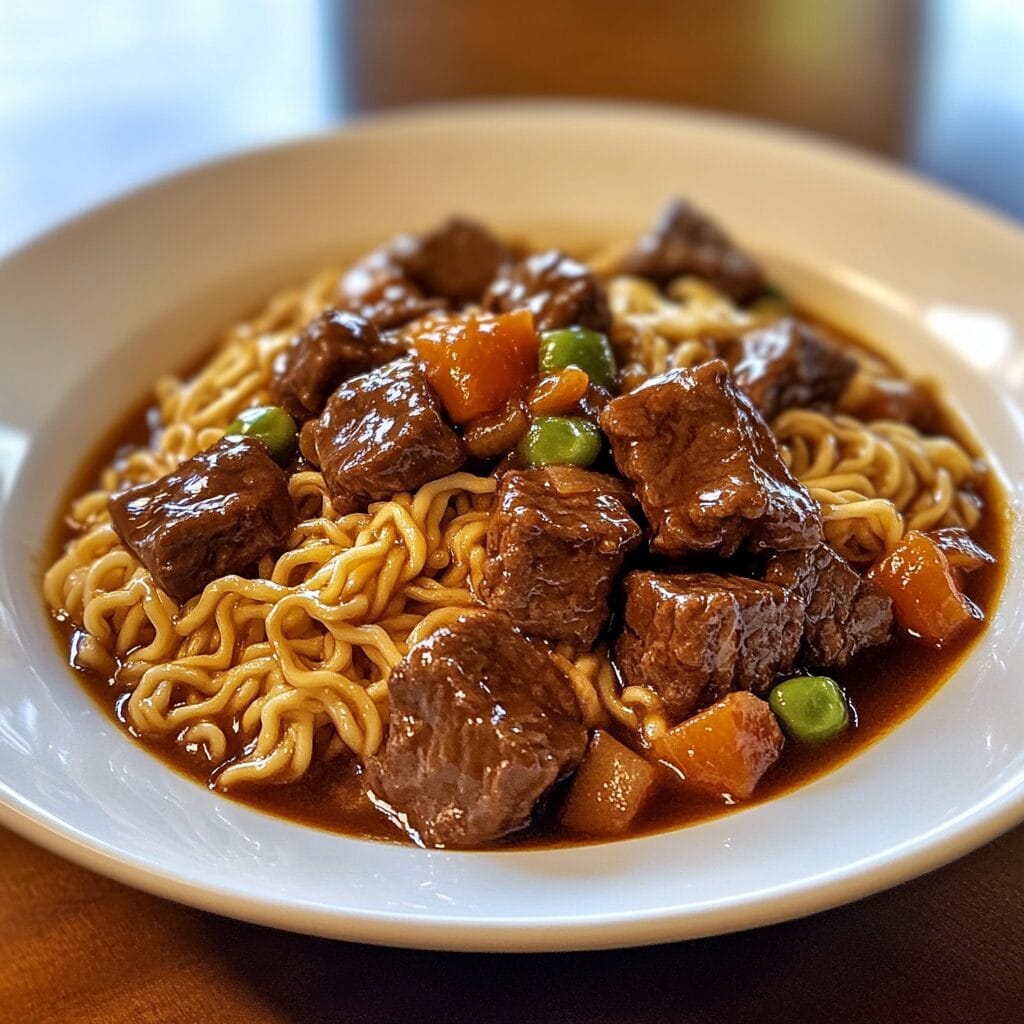
How to Make Mongolian Veg Noodles: A Vegetarian Version
Substituting Beef with Other Proteins: Options and Tips
-
Choose the right cut: choose a cut of meat that’s suitable for stir-frying.
-
Marinate the protein: marinate the protein in a mixture of soy sauce, garlic, and ginger for added flavor.
-
Cook the protein separately: cook the protein separately from the vegetables to prevent overcooking.
Adding Crunch: The Crispy Noodles in Mongolian Beef
-
Deep-fry the noodles: heat about 2-3 inches of oil in a wok or large skillet over high heat. Add the noodles and fry until they’re golden brown and crunchy.
-
Drain the noodles: drain the noodles on paper towels to remove excess oil.
-
Add the noodles to the dish: add the crispy noodles to the Mongolian Beef Noodles dish and toss everything together.
Tips and Tricks
Achieving the Perfect Balance of Flavors in Mongolian Beef Noodles
-
Use a combination of sauces: use a combination of soy sauce, oyster sauce, and hoisin sauce to create a balanced flavor profile.
-
Add aromatics: add aromatics like garlic and ginger to add depth and complexity to the dish.
-
Taste and adjust: taste the dish as you go and adjust the seasoning accordingly.
Common Mistakes to Avoid When Cooking Mongolian Beef Noodles
-
Overcooking the noodles: overcooking the noodles can make them mushy and unappetizing.
-
Not cooking the protein enough: not cooking the protein enough can make it tough and chewy.
-
Not balancing the flavors: not balancing the flavors can make the dish taste too salty or too sweet.
Customizing Your Mongolian Beef Noodles: Ideas and Inspiration
-
Add your favorite vegetables: add your favorite vegetables like bell peppers, carrots, and broccoli to make the dish more substantial.
-
Use different proteins: use different proteins like chicken, pork, or shrimp to mix things up.
-
Experiment with different sauces: experiment with different sauces like sriracha or hoisin sauce to add more flavor to the dish.
FAQs
Can You Boil Ground Beef for Spaghetti?
While you can cook ground beef in liquid, boiling it like pasta isn't the best approach. Instead, brown the ground beef in a pan to create a rich, savory flavor that pairs perfectly with bowtie pasta. This method allows you to cook the ground beef evenly and prevents it from becoming tough or mushy.
What to Add to Ground Beef for Pasta?
To make your Bowtie Pasta with Ground Beef recipe even more delicious, try adding some aromatics like onion, garlic, or shallots to the ground beef as it cooks. You can also add some dried or fresh herbs like basil, oregano, or thyme to give the dish a boost of flavor.
Should You Drain Ground Beef for Pasta?
After browning the ground beef, it's a good idea to drain off any excess fat to prevent the dish from becoming too greasy. However, be sure to leave some of the juices and fat behind to keep the ground beef moist and flavorful.
How to Know When Bow Tie Pasta is Done?
The best way to check if your bowtie pasta is done is to use the bite test. Simply bite into a piece of pasta, and if it's still too crunchy or hard, it's not done yet. If it's mushy or soft, it's overcooked. Ideally, you want the pasta to be al dente, which means it should still have a bit of bite or chew.
How Do You Keep Bow Tie Pasta from Sticking Together?
To prevent your bowtie pasta from sticking together, try adding a tablespoon or two of olive oil to the cooking water. You can also stir the pasta frequently as it cooks to prevent it from sticking. After draining the pasta, toss it with a bit of olive oil or sauce to keep it moist and prevent sticking.
Conclusion and Final Tips
Conclusion
Final Tips and Recommendations
-
Experiment with different ingredients: don’t be afraid to try new ingredients and flavors to make the dish your own.
-
Practice makes perfect: the more you practice making Mongolian Beef Noodles, the better you’ll become at it.
-
Share with friends and family: Mongolian Beef Noodles is a great dish to share with friends and family, so don’t hesitate to invite them over for a meal.

